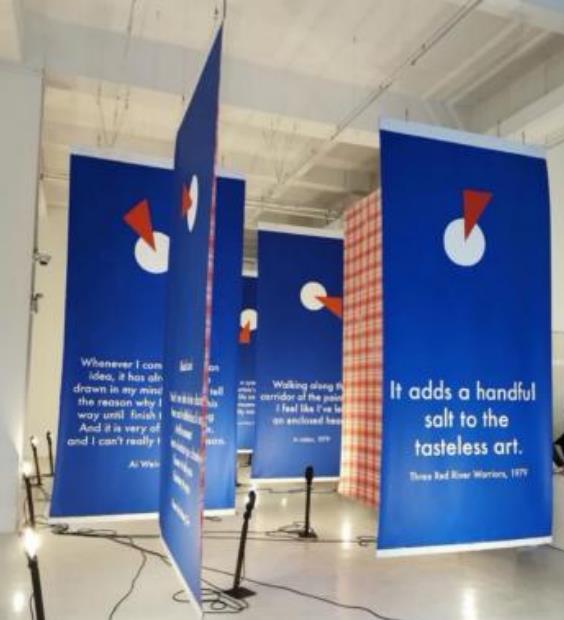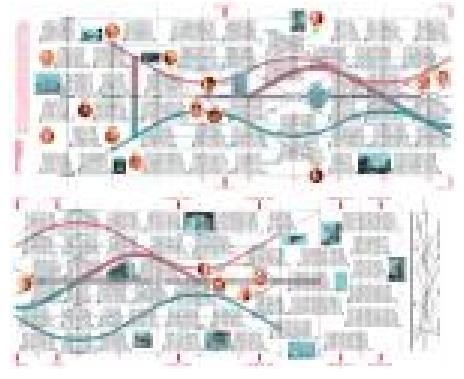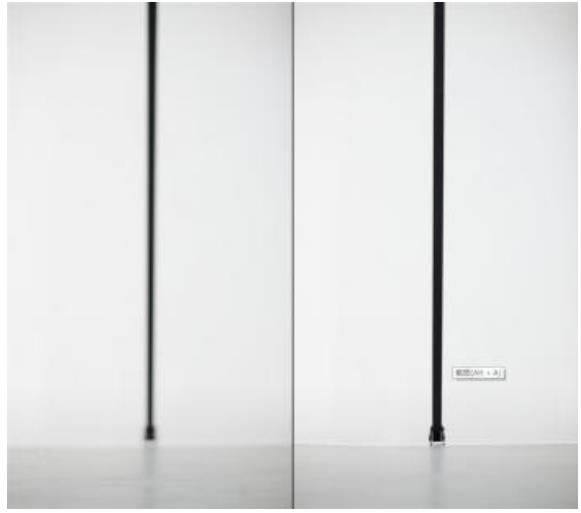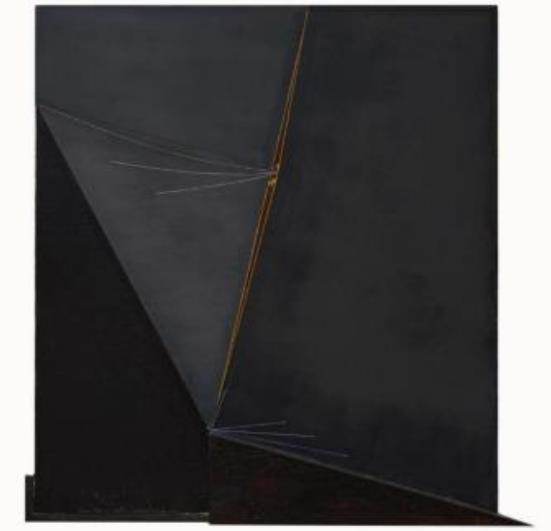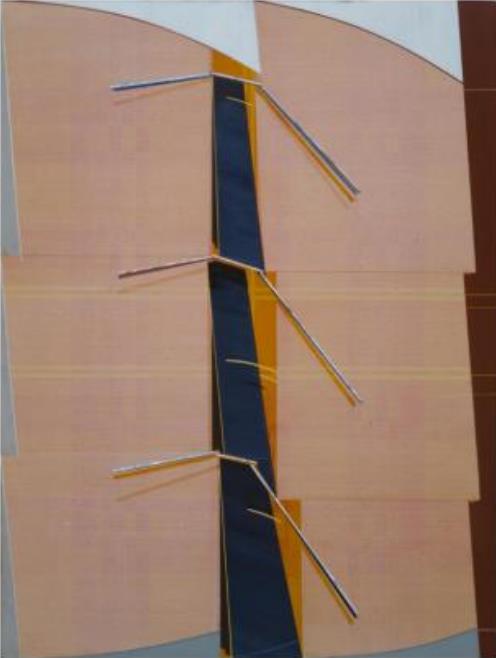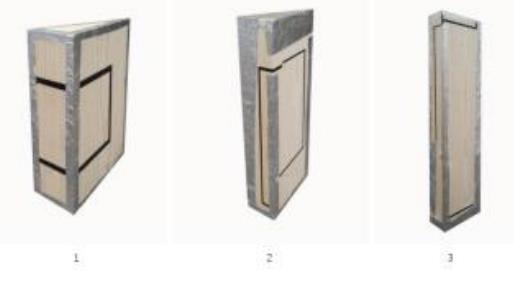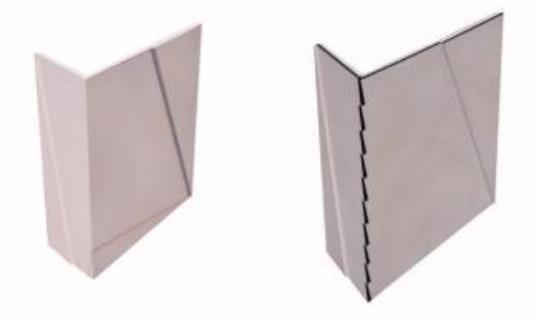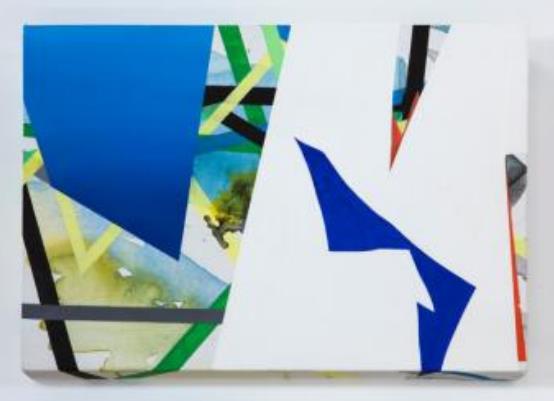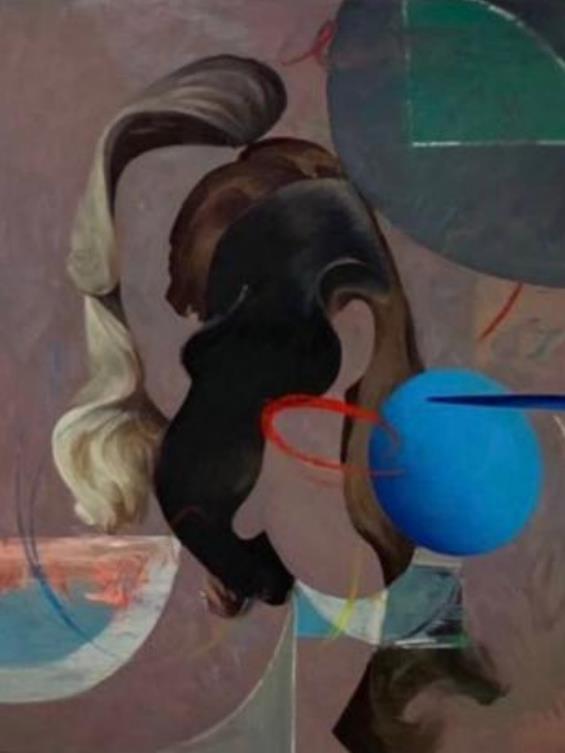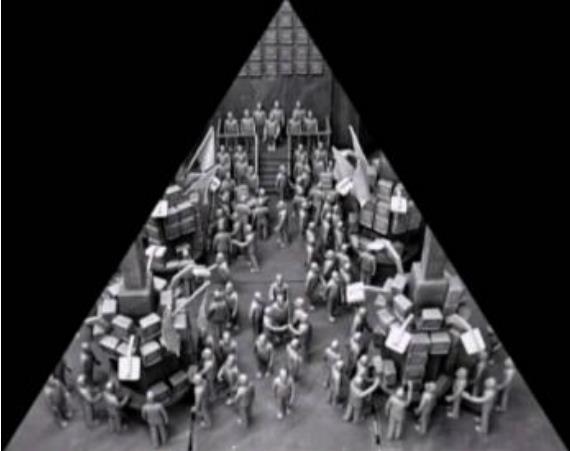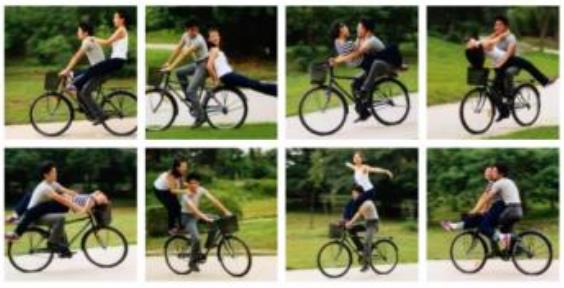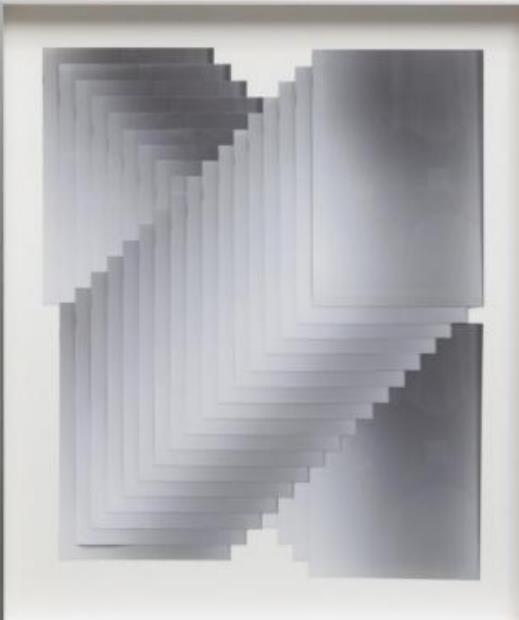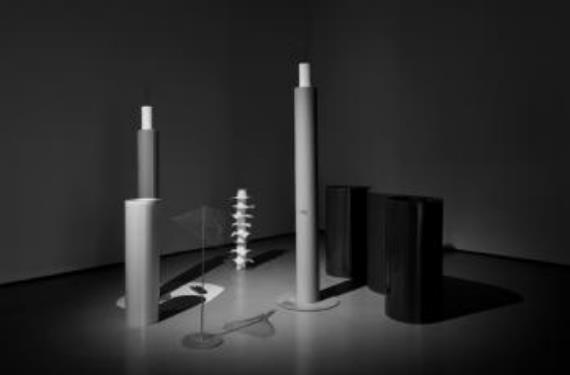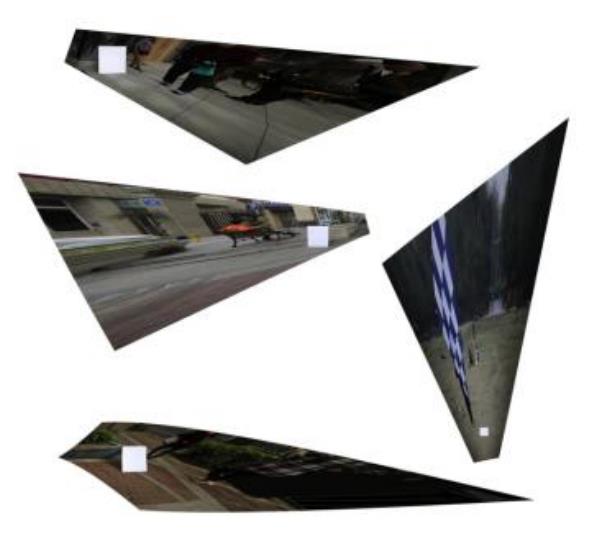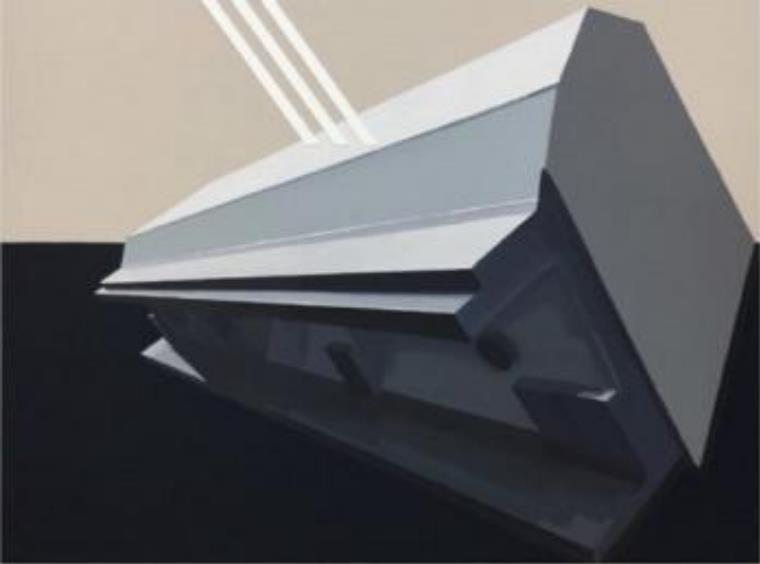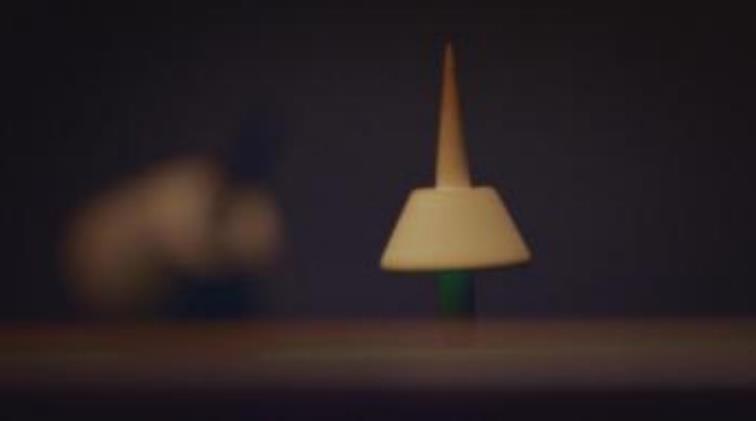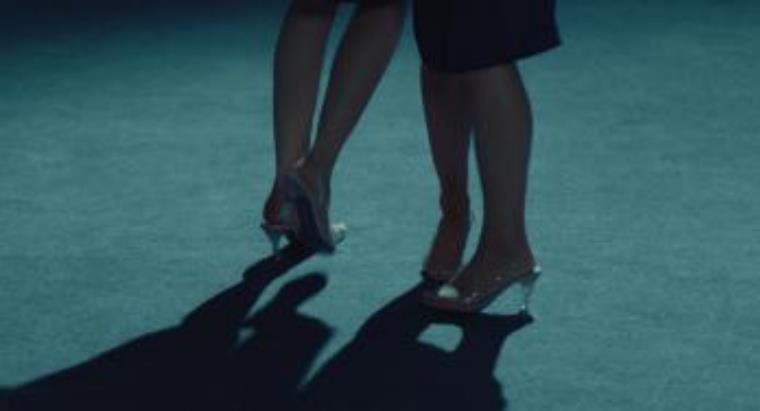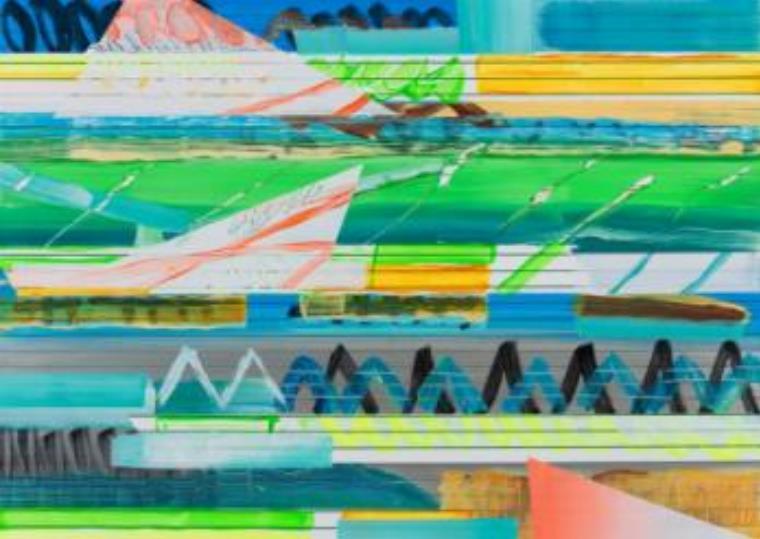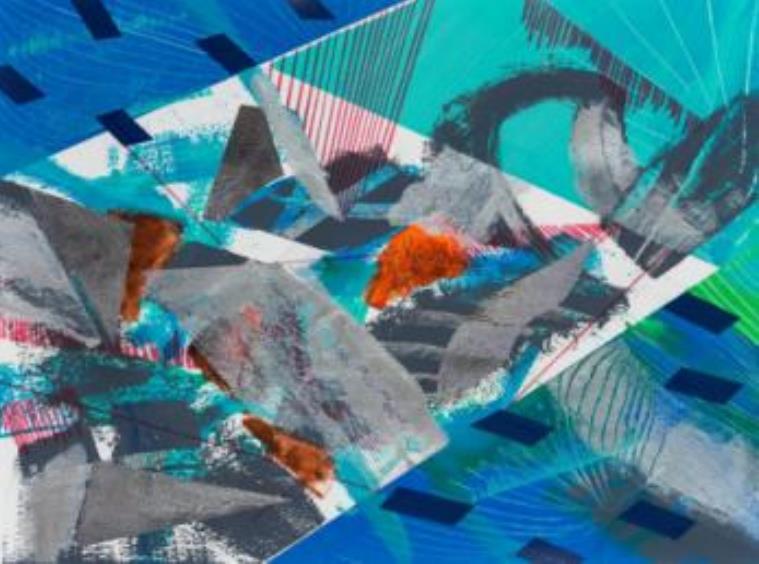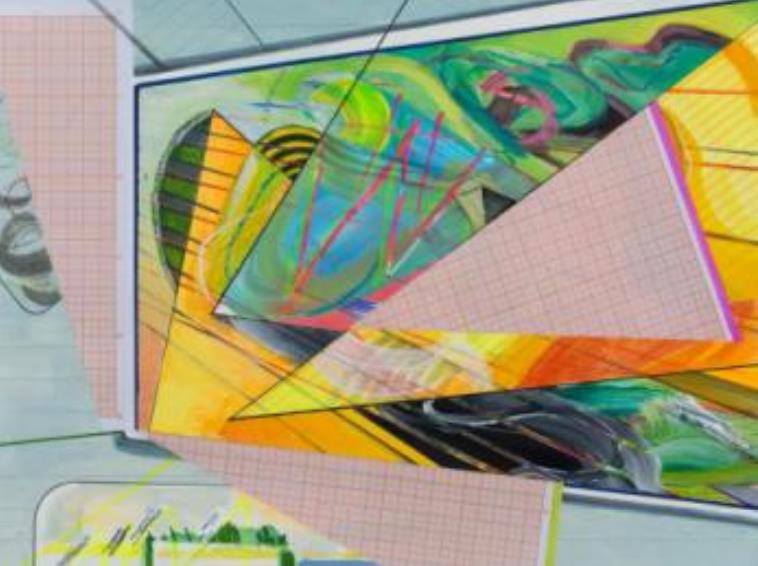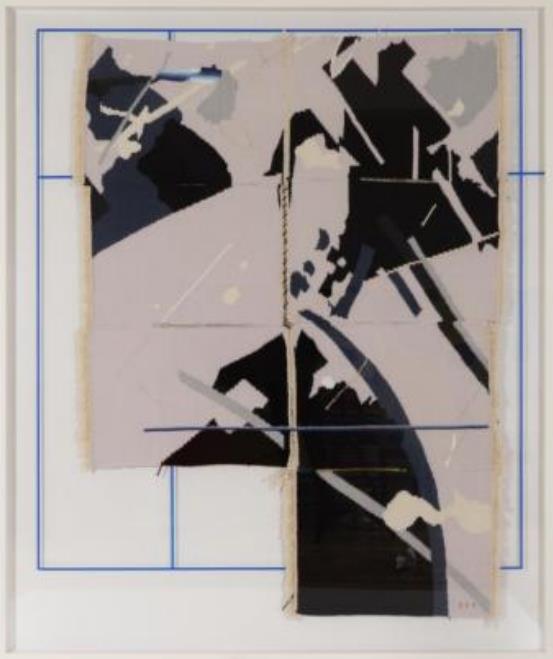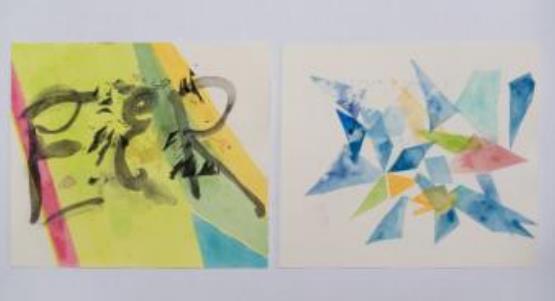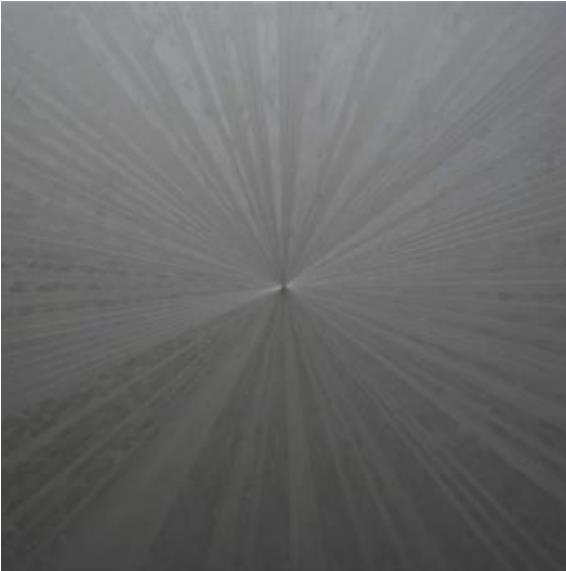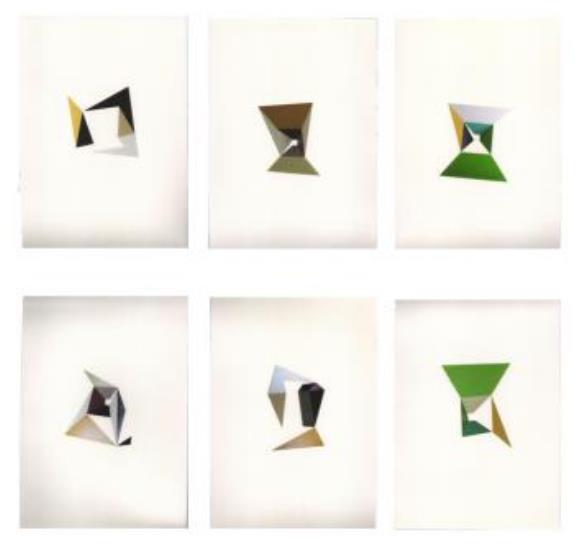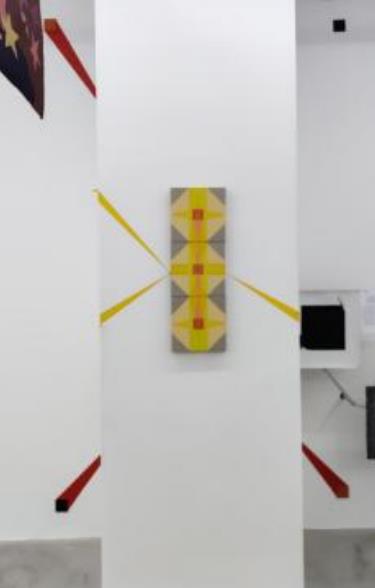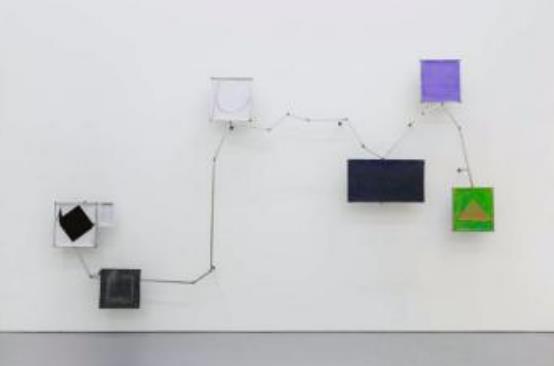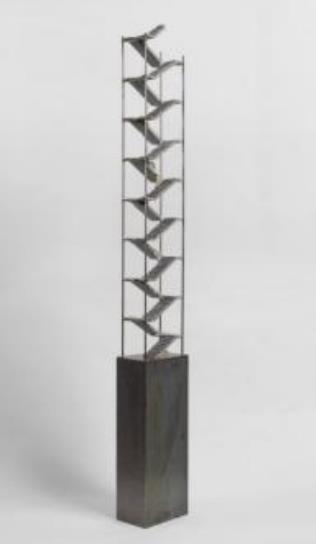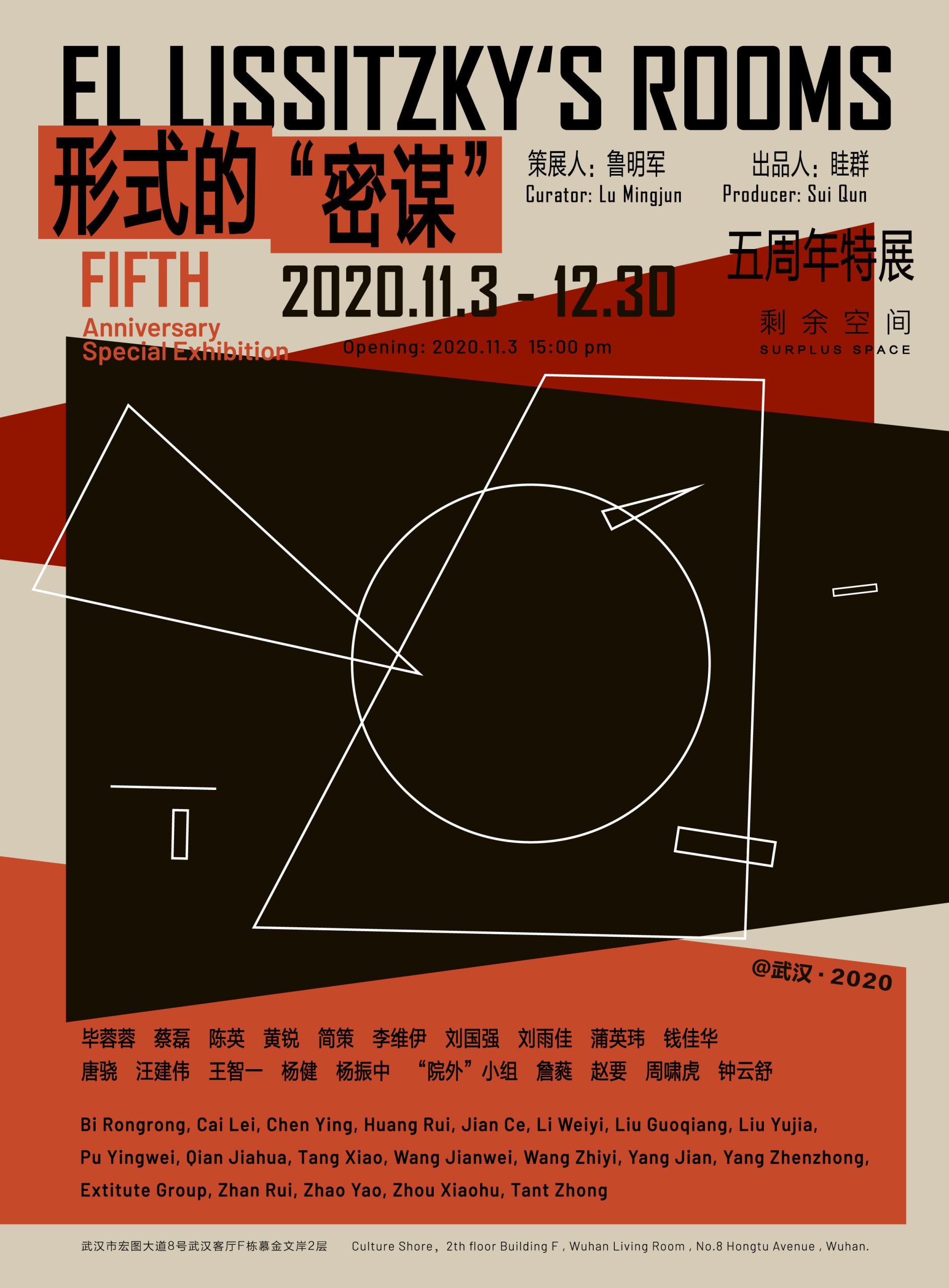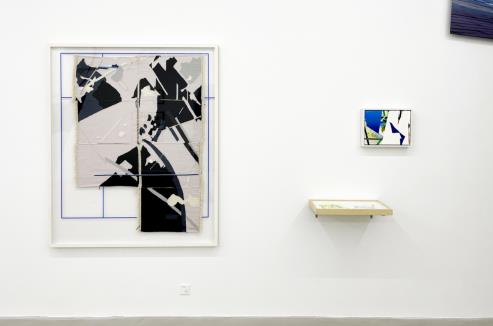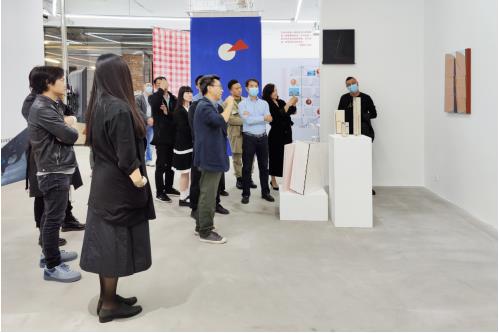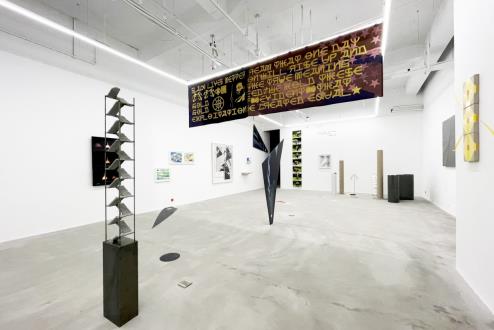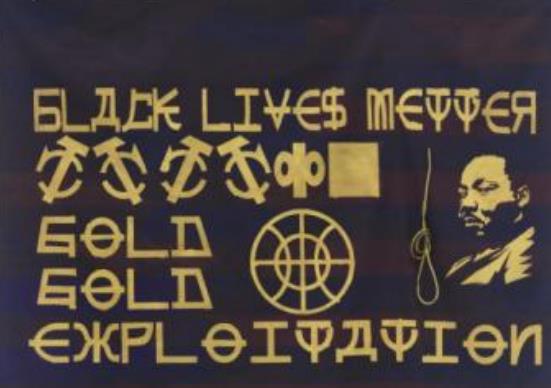
El Lissitzky’s Rooms
Producer: Sui Qun
Curator: Lu Mingjun
Duration: 2020.11.3 – 2020.12.30
Opening: 2019.11.3 15:00 pm
Add: Culture Shore,2th floor Building F , Wuhan Living Room ,No.8 Hongtu Avenue , Wuhan.
Artists: Bi Rongrong, Cai Lei, Chen Ying, Huang Rui, Jian Ce, Li Weiyi, Liu Guoqiang, Liu Yujia, Pu Yingwei, Qian Jiahua, Tang Xiao, Wang Jianwei, Wang Zhiyi, Yang Jian, Yang Zhenzhong,Extitute Group, Zhan Rui, Zhao Yao,Zhou Xiaohu, Tant Zhong
2020.11.1 - 2020.12.30
“Form” (including “formalism”) seems to be an out-of-date, even a very uncontemporary topic today. However, a hundred years ago, it was form in media like painting, photography, film, drama, performance, architecture and design that sparked a holistic art revolution and social movement that lasted nearly half a century.
If we count from Impressionism to Futurism, Cubism, Constructivism, De Stijl, to Montage, Bauhaus, and even Abstract Expressionism and the corresponding formalism theories, there is no doubt that it is one of the most radical and avant-garde art movements in the 20th century. The form here is not static, but moving, not closed, but open. It is not only a declaration, but also a spirit, a politics, and even a belief. It depends, of course, on its particular historical conditions, but its inherent universal will and innovative energy also prompt us to give new thinking and discussion on it. Moreover, today we seem to be at a historical juncture similar to that of a hundred years ago.
In November 2019, the Surplus Space held a group exhibition Street corner, Square and Montage. With the journal OCTOBER, which was first published in 1976, as the starting point of its narrative, the exhibition connected the new avant-garde that emerged in the 1960s with the avant-garde revolutionary politics half a century ago, and served as a reflection on current art, culture and politics. We held two theme forums before and after the exhibition, entitled Fanatic Formula: Irrational thought, art and politics since the 20th century and The Rise, Decline and “Return” of the 1960s. The El Lissitzky’s Rooms exhibition will continue the previous discussion, focusing on “form” and re-exploring the driving force and will power attached to it. On the occasion of the publication of the “Bauhaus Revisited” series, we will also engage in an interdisciplinary dialogue on issues related to Constructivism, Bauhaus and the relationship between modernism and social movements. The purpose is not only to provide the present with some energy for action by tracing the past, but also to gain a new understanding of history itself through contemporary practice.
INSTALLATION VIEWS
EXHIBITION WORKS

